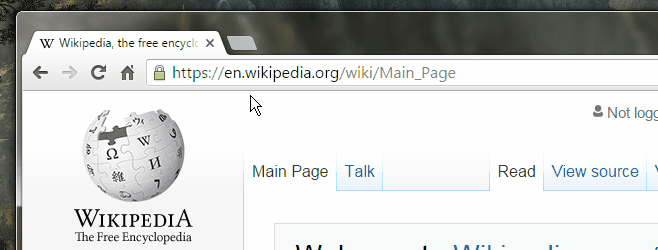What tools will help meet GDPR

Photos – Markus Spiske – Unsplash
How to understand what to do
The General Data Protection Regulation (GDPR) is a voluminous document. It includes eleven sections and 99 articles. It will be difficult for lawyers to understand all the requirements, but there are tools that will help put everything in order:
- Searchable GDPR. A free web search system for GDPR documentation, built on the Algolia startup solution. Their search product is used by companies such as Twitch, Medium, and Product Hunt. The system works with chapters, articles and amendments to the law in 24 languages. Although users note that there are errors in the application (for example, at the request of “Personal Data” the system does not display article No. 4 with key definitions where this term occurs), it can be expected that the bug will be fixed over time.
- GDPR FORM. This is a special form for collecting requests from customers (requests to delete or send personal data and other issues related to their processing). The solution is already used by 150 companies, including the Baremetrics analytic platform and Laravel Forge hosting. Paid service: from $ 9 per month (there is a weekly trial period).
- GDPR Compliance Toolkit. This is a set of literature, frameworks, questions and answers for certification of IT infrastructure with a brief annotation of all GDPR articles and a list of 55 technical and organizational measures for the processing of personal data in accordance with the regulations. It will be useful for data protection specialists – in order to download files, you need to fill out the form on the right (on the project website).
Work with cookies
In the wake of the introduction of the GDPR, most of the site owners decided to introduce pre-filled check boxes when contacting visitors with resources about setting cookies.
But in early October of this year, the EU Court banned this practice. And there are already tools that help to fulfill this requirement and figure out what other points should look like:
- iubenda. It helps to compose the text of privacy policies, notifies users of cookies (using a custom cookie) and fixes the stages of processing personal data. Developers offer the REST HTTP API and JS SDK, and they already have over 65 thousand clients who say that the platform helped them. But there are also disadvantages – for example, difficulties with licenses. They cannot be obtained for several web resources at once.

Photos – Óscar Ardèvol – Unsplash
- Cookie scanner. An open utility from CovenantSQL database developers. It allows you to monitor third-party cookies on the site. With its help, you can ensure that only cookies are set to which the user has given their explicit consent. The system draws information from the specialized cookiepedia library.
- Cookiebot. Helps assess whether cookies on your site comply with GDPR. The system simulates human behavior on the page by clicking on the links and menu buttons, and simultaneously collects information about tracking cookies. The bot also automatically creates and updates cookie policies and displays a banner to obtain consent to the processing of PD from users. The solution is free for one domain, but with limited functionality. For a full set of functions you will have to pay from $ 9 per month.
A year after the entry into force of the GDPR, the IT infrastructure of more than 30% of companies still does not meet the requirements of the law. Therefore, we can expect that over time there will be more tools that will help put everything in order and avoid fines.
Additional reading on 1cloud blog:
 Will the cloud save ultra-budget smartphones
Will the cloud save ultra-budget smartphones “How We Build IaaS”: 1cloud materials
“How We Build IaaS”: 1cloud materials
 Screening electronic devices at the border – a need or violation of human rights?
Screening electronic devices at the border – a need or violation of human rights? This is the turn: why Apple has changed the requirements for application developers
This is the turn: why Apple has changed the requirements for application developers




